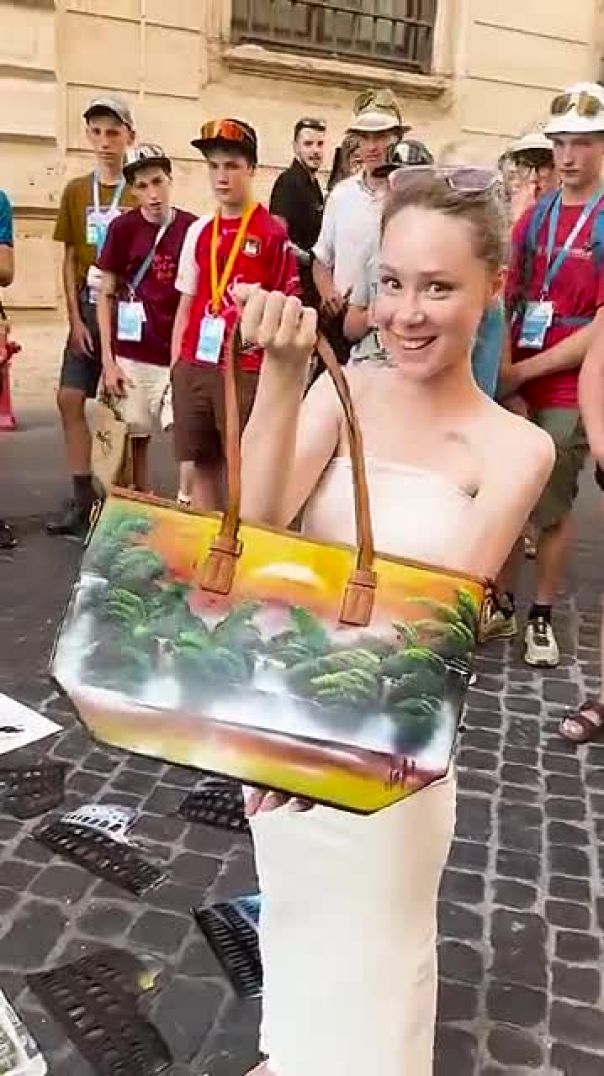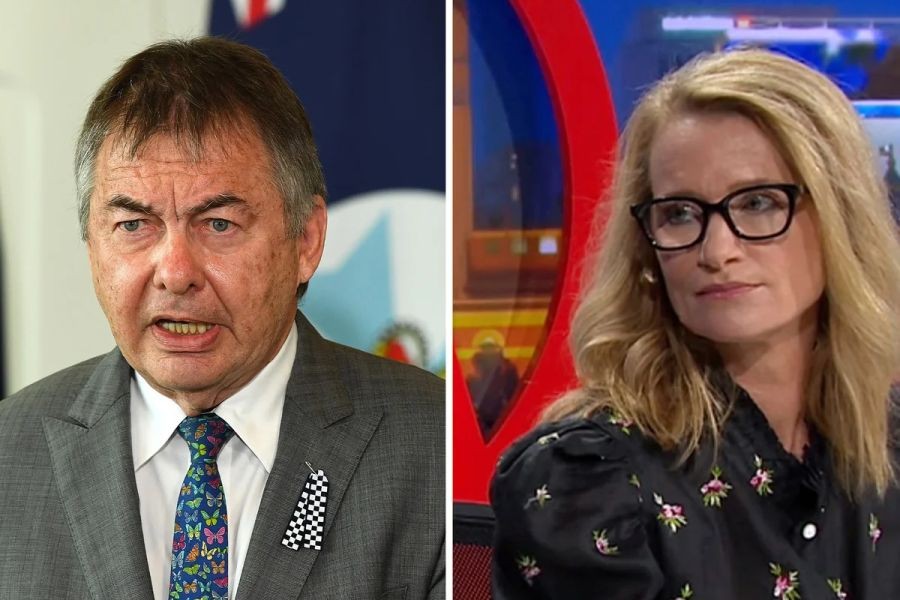In recent years, the allure of art and collectibles as investment vehicles has captivated New Zealanders, with the potential for significant returns and diversification of portfolios. As the local economy continues to evolve, investing in tangible assets like art, rare coins, and vintage collectibles offers a unique opportunity for wealth building, especially when traditional investment avenues face volatility. This article delves into the strategic approach to investing in art and collectibles, providing insights tailored to the New Zealand context.
Understanding the Art and Collectibles Market: A New Zealand Perspective
In New Zealand, the market for art and collectibles has shown resilience and growth, even amidst global economic fluctuations. According to Stats NZ, the creative sector contributes over 2% to the national GDP, highlighting its significance. Local artists and galleries are gaining international recognition, with works by Kiwi artists like Colin McCahon and Rita Angus fetching high prices at auctions worldwide.
The Rise of Art Investment Platforms
Digital platforms have democratized access to art investment, allowing Kiwi investors to participate in art auctions and sales globally. Startups like Otis and Masterworks offer fractional ownership, enabling investors to own shares of high-value artworks. This trend aligns with New Zealand's increasing digital adoption, as more investors seek online platforms to diversify their portfolios.
Strategies for Investing in Art and Collectibles
For market analysts and investors considering art and collectibles, a strategic approach is essential. Here are some expert-backed strategies:
- Research and Education: Understanding the nuances of the art world is crucial. Attend gallery openings, read art market reports, and engage with art experts to gain insights.
- Diversification: Just like traditional investments, diversify across different types of collectibles—paintings, sculptures, rare coins, and vintage items to mitigate risks.
- Quality Over Quantity: Emphasize acquiring fewer high-quality pieces over numerous lower-value items. Quality artworks tend to appreciate more steadily over time.
Case Study: The Success of New Zealand's Art Market
Case Study: Webb's Auction House – Expanding New Zealand's Art Market
Problem: Webb's, a leading auction house in New Zealand, faced challenges in attracting international buyers to its auctions.
- The local market was limited, with many pieces remaining unsold or fetching lower prices.
- International buyers were unaware of the quality and potential of New Zealand art.
Action: Webb's leveraged digital marketing and virtual auction platforms to reach a global audience.
- They implemented targeted online campaigns to showcase Kiwi artists and their works.
- Virtual auctions allowed international participation, expanding the buyer base significantly.
Result: After implementing these strategies, Webb's saw remarkable growth:
- International sales increased by 35% within a year.
- Auction participation from overseas buyers grew by 50%, enhancing competition and driving higher bids.
Takeaway: The case of Webb's highlights the importance of embracing technology to broaden market reach. New Zealand businesses can leverage digital platforms to access global markets, enhancing visibility and sales.
Pros and Cons of Art and Collectibles Investment
Pros:
- Appreciation Potential: High-quality art pieces historically appreciate, sometimes outperforming traditional investments like stocks and real estate.
- Tangible Asset: Unlike stocks, art is a physical asset that provides aesthetic pleasure and can be displayed.
- Diversification: Art adds a unique dimension to portfolios, reducing overall risk.
Cons:
- Liquidity Issues: Selling art can be time-consuming, requiring the right buyer at the right time.
- High Entry Costs: Quality art pieces often require significant initial investment, which can be a barrier for some investors.
- Market Volatility: The value of art can fluctuate based on trends, artist reputation, and economic conditions.
Debunking Myths About Art Investment
- Myth: "Art is only for the wealthy." Reality: Platforms offering fractional ownership make art investment accessible to a broader audience, including middle-income investors.
- Myth: "Art doesn't provide returns." Reality: Art has consistently shown returns comparable to or higher than traditional asset classes when held long-term.
- Myth: "Investing in art is too risky." Reality: With proper research and diversification, art investment can be a stable and rewarding addition to a portfolio.
Future Trends in Art and Collectibles Investment
The future of art investment in New Zealand is promising, driven by technological advancements and changing consumer preferences. According to a report by the Ministry of Business, Innovation, and Employment (MBIE), the creative sector is expected to grow by 4% annually over the next decade. This growth will likely spur increased interest in art as an investment vehicle.
Moreover, the integration of blockchain technology to authenticate and track art pieces will enhance transparency and reduce fraud, further boosting investor confidence. As more New Zealanders embrace digital platforms, the accessibility and appeal of art investment are set to rise.
Conclusion
The art and collectibles market offers a compelling investment opportunity for those looking to diversify and enhance their portfolios. By understanding the market dynamics, leveraging technology, and adopting a strategic approach, investors in New Zealand can effectively capitalize on this growing sector. As the local and global art markets continue to evolve, staying informed and adaptable will be key to success.
Are you ready to explore the world of art investment? Start by visiting local galleries, engaging with art experts, and exploring digital platforms. Share your thoughts and experiences in the comments below!
People Also Ask (FAQ)
- How can art investment benefit New Zealand businesses? Art investment can diversify portfolios and provide stable returns, enhancing financial stability for businesses amidst economic fluctuations.
- What are the biggest misconceptions about art investment? A common myth is that art is only for the wealthy. However, platforms offering fractional ownership make it accessible to a wider audience.
- What upcoming changes in New Zealand could affect art investment? By 2026, increased digital adoption and blockchain integration could significantly enhance transparency and accessibility in the art market.
Related Search Queries
- Art investment strategies
- New Zealand art market trends
- How to invest in collectibles
- Fractional art ownership platforms
- Art market analysis 2024
- Investing in rare coins
- Collectibles as a wealth-building tool
- Top Kiwi artists to invest in
- Blockchain in art investment
- Art investment for beginners
































LucretiaMc
1 month ago